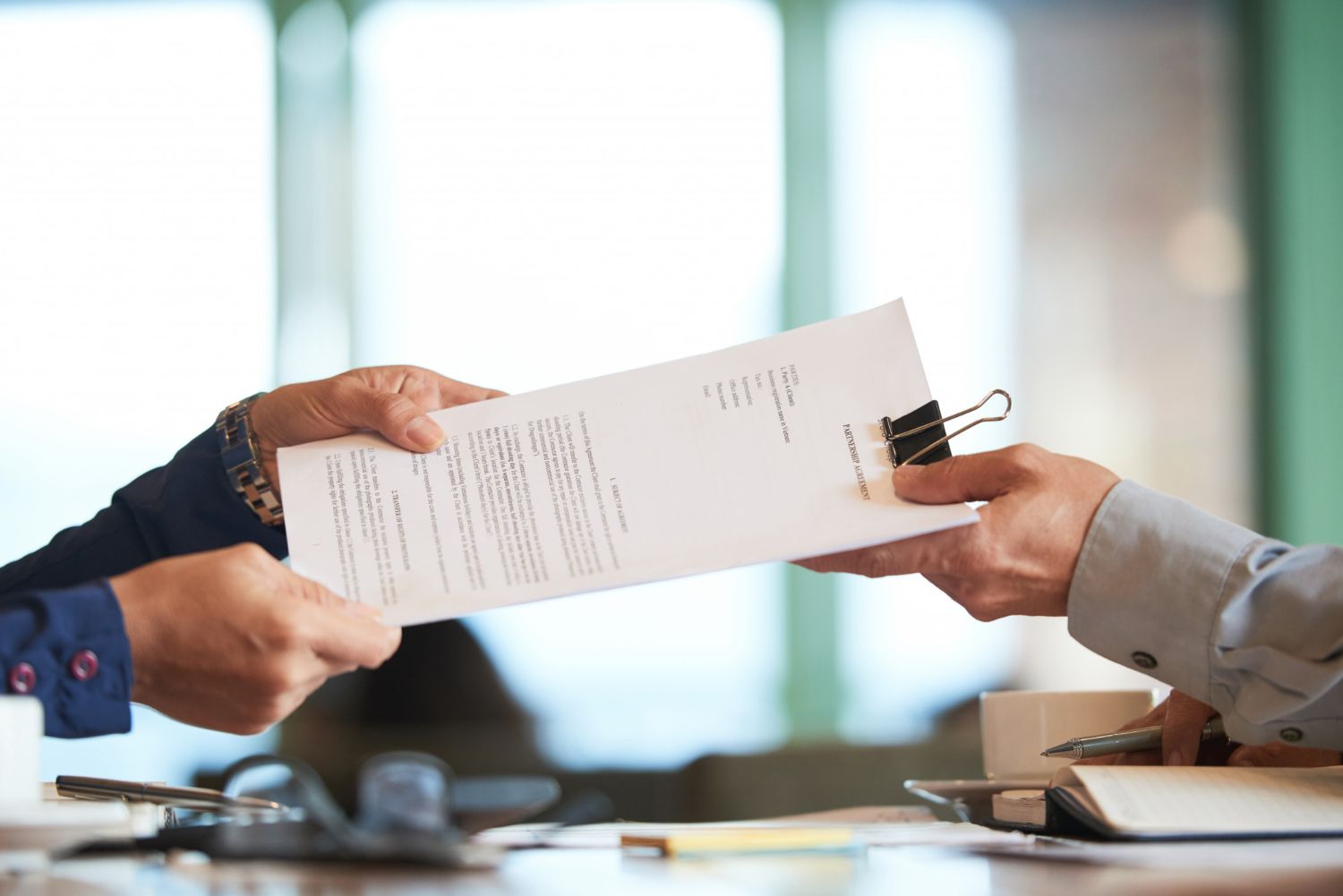When you grab an apple, pour a glass of milk, or cook dinner for your family, you probably don’t think about the invisible safety checks happening behind the scenes. But across Europe, food inspectors have been running tests on millions of samples for years, and now, all that information has been brought together in one place.
The new CHEFS database combines 392 million test results from more than 15 million food samples, covering more than 4000 different types of food products, collected between the years 2000 and 2024. It’s like a giant health check-up for our food supply.
Here are some highlights that stood out:
- Milk and dairy products: These were among the most tested for chemical contaminants.
- Fruits: They are most tested category for pesticides. Think apples, grapes, and berries, foods we eat every day.
- Meat and animal tissues: This is the most tested for veterinary drug residues.
- Top contaminants: Heavy metals like lead and cadmium were the most frequently tested chemicals. Pesticides such as chlorpyrifos and diazinon are the most tested in the list of residues.
- Country differences: Sampling strategy, and frequency in testing and reporting the measurements to EFSA differ across countries.
- COVID‑19 impact: In 2020, testing dropped sharply in some countries because inspectors couldn’t access farms during lockdowns.
So what’s the big deal? Projects like EFRA, are now using artificial intelligence to turn this mountain of data into early warning systems. Instead of waiting for a food safety scare, Europe is moving toward predicting risks before they reach our plates.
The takeaway: food safety is becoming smarter, faster, and more proactive. And while most of our food passes the test, this kind of monitoring helps build trust that what we eat is safe — and that problems are caught early.
For more details, read the original peer‑reviewed paper “Food safety trends across Europe: insights from the 392‑million‑entry CompreHensive European Food Safety (CHEFS) database” published in Food Control (Elsevier, 2026), authored by: Nehir Kızılilsoley, Floor van Meer, Osman Mutlu, Wouter Hoenderdaal, Rosan Hobé, Wenjuan Mu, Arjen Gerssen, H.J. van der Fels‑Klerx, Ákos Jóźwiak, Ioannis Manikas, Ali Hürriyetoglu, and Bas van der Velden.




